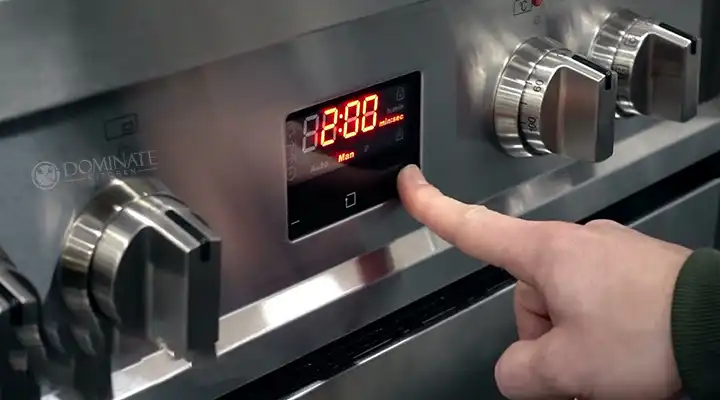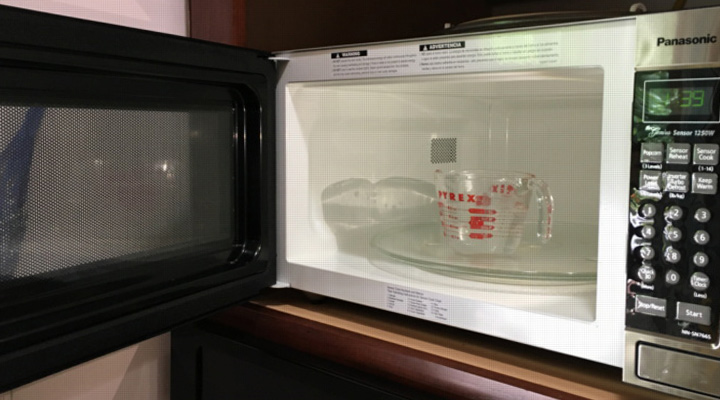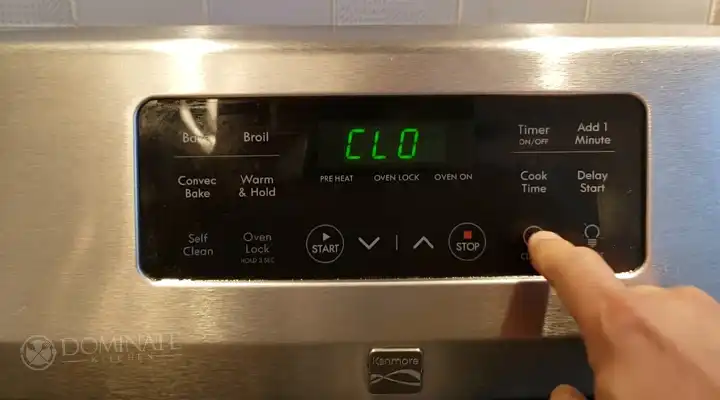Can I Run A Microwave And Toaster Oven On The Same Outlet? A Safety Concern
Most people get very cautious when it comes to dealing with electronic elements. And why won’t they? It’s actually life-threatening if anything goes wrong. Suppose you are in a situation where you have one outlet for both microwave and toaster oven to run into.
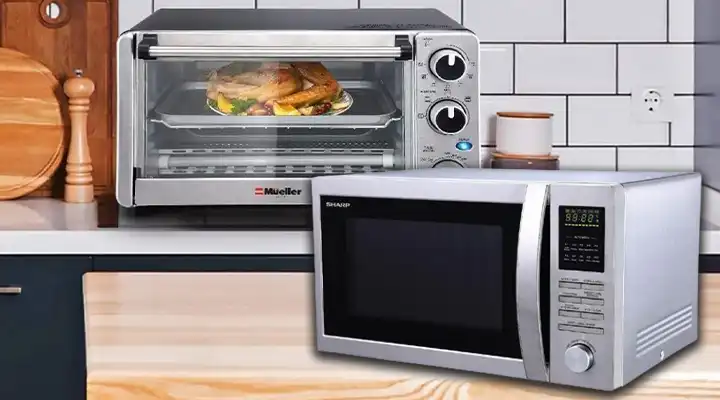
In that case, you may hesitate to run a microwave and toaster oven on the same outlet. What should I do? If that’s what you want to know, you are in a perfect place. We are going to give you the answer in a bit. Read on.
Running A Microwave And Toaster Oven On The Same Outlet: Is It Safe?
If you are concerned about your safety, let me tell you that it is safe to run a microwave and toaster oven on the same outlet if the socket is the same. But the bottom line is, that you can not do that at once. If you want to run both devices on the same receptacle you can do that separately. Even if you want to run both of the machines together, at least turn one of the two off when another one is running. Otherwise, your breaker may trip a short overload but not more than ten minutes.
Another important fact that you must remember is the watt/amp of any of the devices must not exceed the amp of the circuit breaker. For a 20a circuit break, a 16a oven would be safe. Otherwise, the extra power pressure will not be endurable for the outlet. And the extra power may exhaust the outlet and burn the cable and overheat the circuit. Microwaves themselves consume too much power. In that case, if you put another appliance in the same circuit things might get wrong.
Let me make it easier for you. If your outlet is suitable for a microwave, there is no doubt that you can run a toaster oven too on the same outlet. Because a toaster oven is physically half of the size of a microwave and even in terms of power consumption. But running both devices simultaneously can cause overheating and wire burn. Because the power that takes to run both the devices combinedly will overload the circuit.
So the suggestion will be not to run the microwave and toaster oven at the same time on the same outlet to avoid overloading the circuit. You can run both devices separately.
Does My Microwave Need To Be On Its Own Circuit?
Having a dedicated circuit for your microwave is safe. But it’s not always necessary for you. The National Electrical Code suggests having a 20A dedicated circuit for your microwave which is also applicable to refrigerators or any other high-power consuming appliances. There are a few benefits of having a dedicated circuit for your microwave.
Every Circuit has a breaker that enables at the time of power surge or spike. It protects the circuit from overheating or any unwanted accidents due to overpowering consumption than the circuit capacity. If the same circuit is shared with any high-power-consuming appliances, there is a chance of electrical damage to the circuit. A dedicated circuit means you won’t have to share the circuit with any other appliances. This will ensure an uninterrupted power supply to your microwave.
Therefore, a dedicated circuit for microwaves is highly recommended.
Can You Plug A Toaster Oven Into A Regular Outlet?
Whether you can plug a toaster oven on a regular outlet or not, entirely depends on the circuit capacity. A toaster oven pulls out 10 amps from the outlet. So the circuit should be at least of the same amp that the toaster oven will draw. In most homes, the regular circuit can power up a toaster oven as it is not as power-consuming as a microwave.
But you have to remember that you can not use the same outlet for several home appliances at a time that produces heat. For instance, coffee machine, toaster, space heater, and obviously the toaster oven.
Frequently Asked Questions (FAQs)
What Should Be The Circuit Amp For The Toaster Oven And Microwave?
A microwave is more power-consuming than a toaster oven. It takes 15 amps at its initial start. So the circuit should be of 20 amp at least to supply the required amount of current to the microwave. On the contrary, a toaster oven takes up to 10amp to run without any power surge. In that case, a 20amp circuit can serve both the appliances but not together at the same time.
What Is The Nec Code For Microwave Receptacles?
According to NEC 210.21(B)(1), a microwave generally pulls out 13amp for which NEC suggests a 20 amp circuit and 20 amp rated receptacle.
Can A Microwave Share An Outlet?
No. a microwave should not share its outlet if it’s a refrigerator or washing machine. Because each of the appliances requires a single circuit for uninterrupted operations. But if you are sharing the outlet with any low power-consuming appliances, then that’s ok for a time being. Ultimately if the outlet a microwave is sharing from the same circuit, the answer is a big NO!
Conclusion
A dedicated 20 amp microwave circuit can take up to 16 amp. If there is any emergency in the kitchen where you have to use a microwave and toaster oven on the same outlet, go on. But you should not use them both together in the same outlet. But the added 1o amp of the toaster oven will overload the circuit. If you run both the devices at once, the circuit will allow that not more than 10 minutes and get burned. Be aware!
Have a good day!

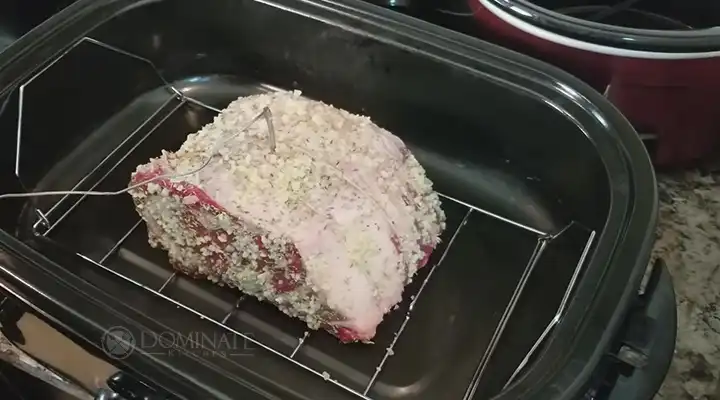
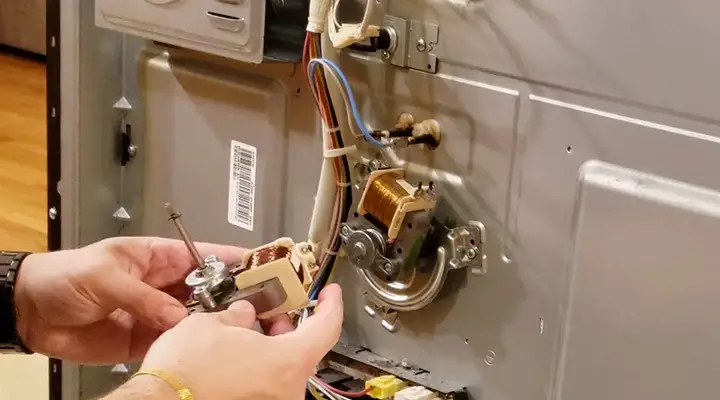
![What Is 3 1/2 Minutes on a Microwave? [EXPLAINED]](https://www.dominatekitchen.com/wp-content/uploads/2023/10/What-Is-3-12-Minutes-on-a-Microwave.webp)
